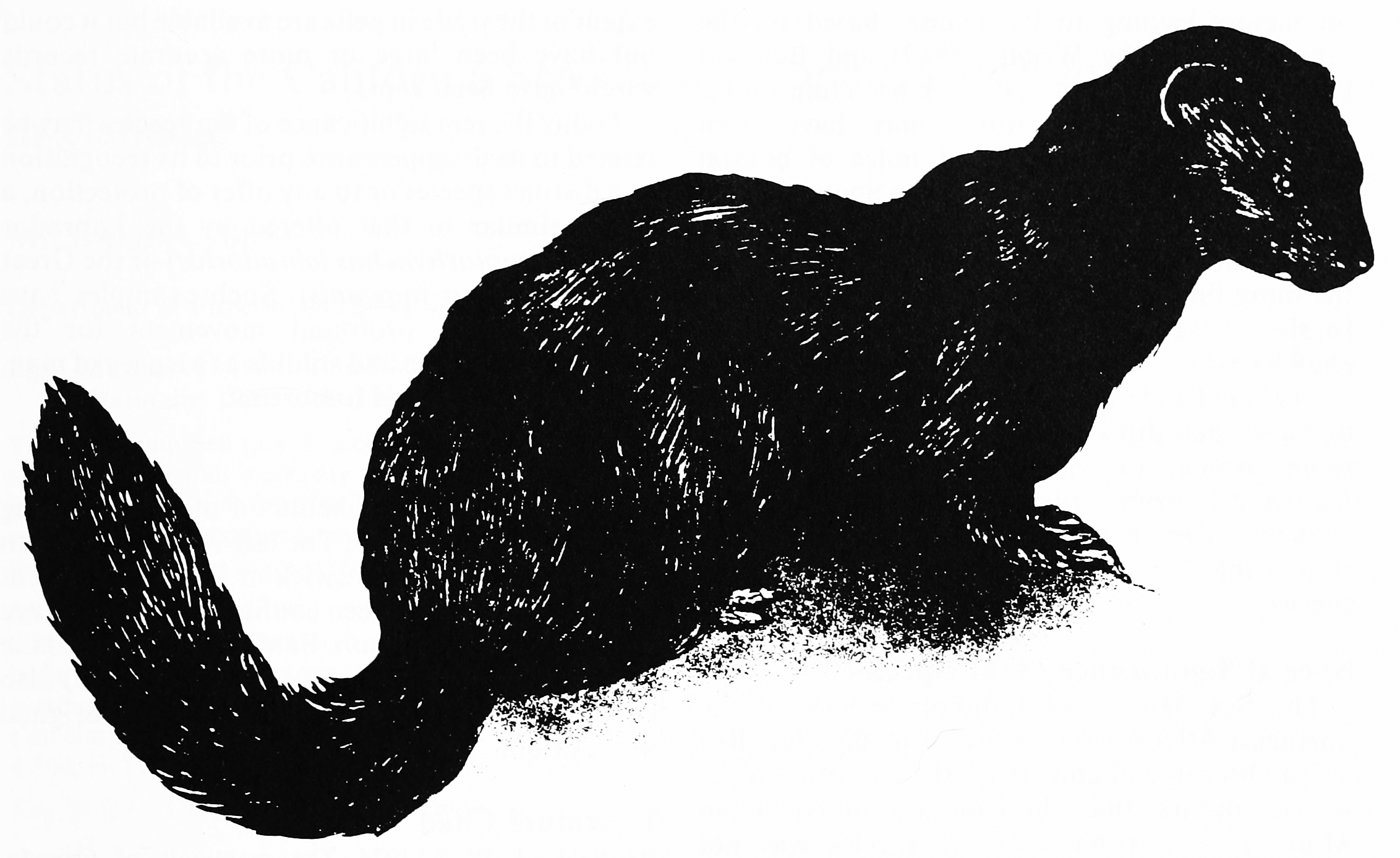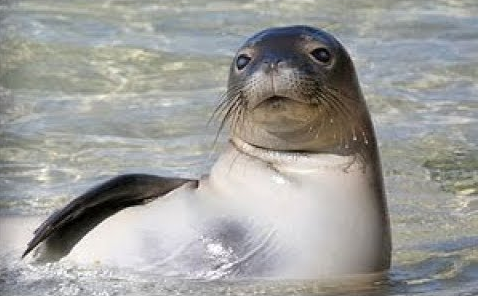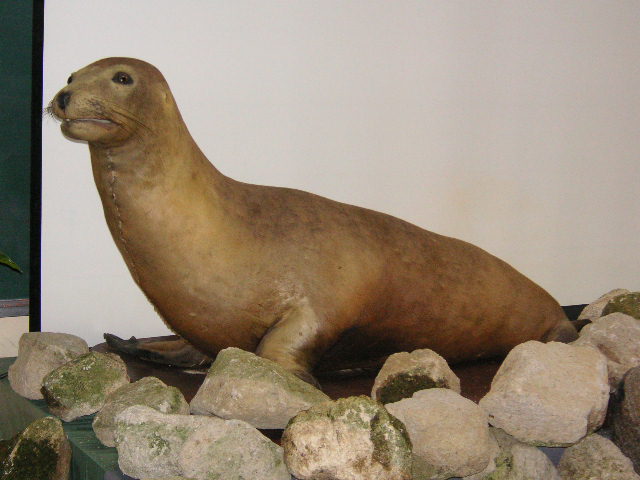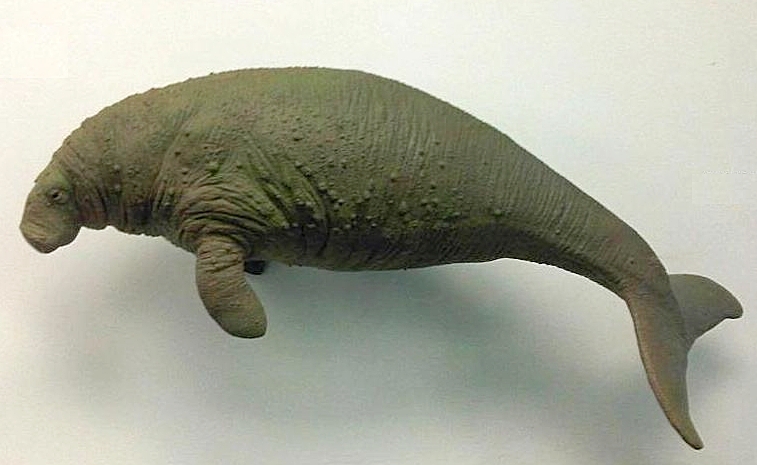Mammals of the oceans
Sea mink
Living off the rocky coasts of New England on isolated islands, this intertidal predator was a cousin of the American mink but specialized in its semi aquatic habitat eating fish and shellfish, such as toad sculpins and ocean pout, seabirds and their eggs, and garden banded snails. Fur traders greedily hunted them to extinction. by 1920.
Caribbean monk seal
With its rounded head, broad whiskered muzzle, and widely spaced eyes, this large seal ate fish and crustaceans on the warm-water reefs of the Caribbean Sea and the Gulf of Mexico and was unaggressive, curious, and unafraid of humans. We slaughtered them for oil and overfished their reefs. After we noticed they were gone, we looked for them for years but failed to find a single one.
Japanese sea lion
Living in the Sea of Japan breeding on open sandy beaches people hunted these sea lions until they became extinct. Males could weigh over a thousand pounds. Their meat was not tasty, but people killed them for their oil, for their whiskers and skins, and for their organs to make traditional medicines.
Steller’s sea cow
These sea cows lived only around the Commander Islands east of Kamchatka. They ate kelp, lived in small family groups, weighed between eight and eleven tons, were too buoyant to completely submerge, snorted like horses, and sighed.



